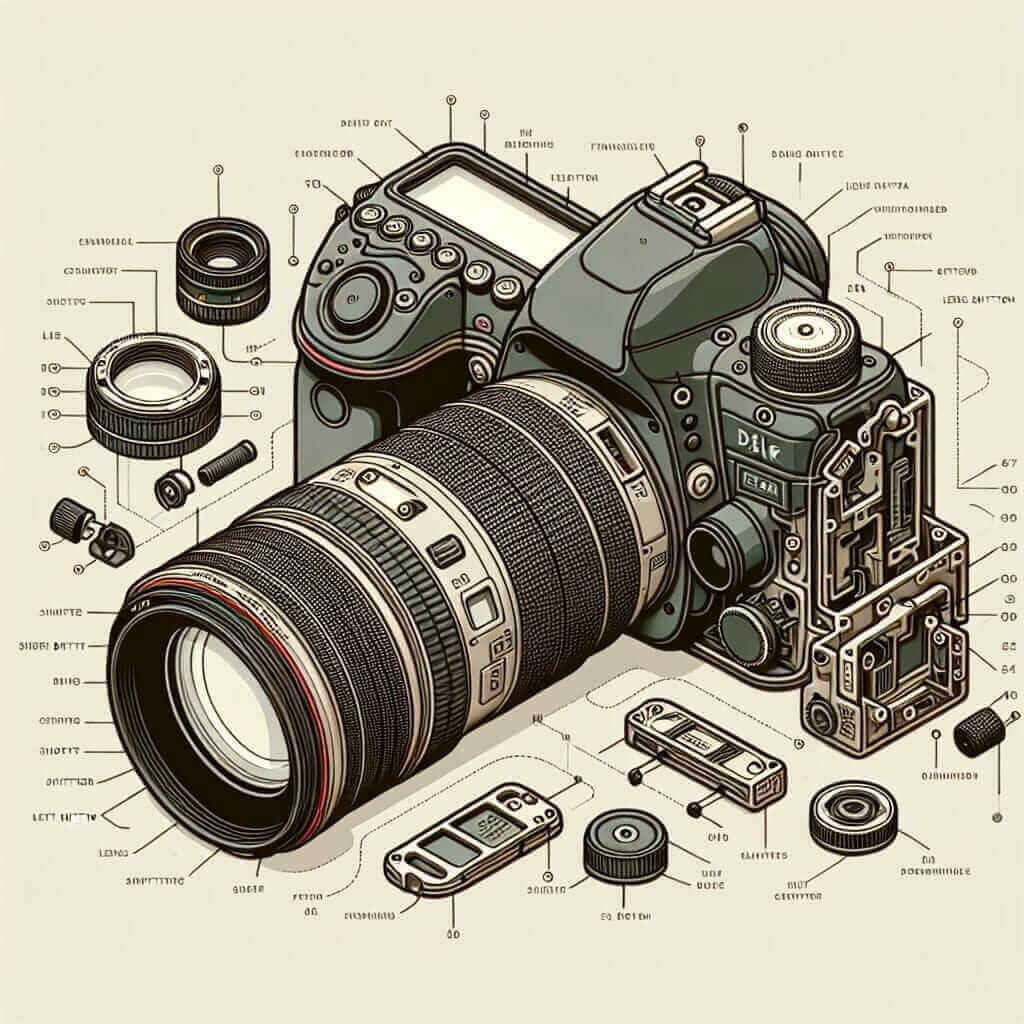The IELTS Listening test can feel like a whirlwind of accents and information. To succeed, understanding the various question types is as crucial as improving your English comprehension. This guide breaks down the different types of IELTS Listening questions, providing you with strategies and examples to help you confidently face the exam.
Unpacking the IELTS Listening Section
The IELTS Listening test is divided into four sections, each with ten questions. The recordings feature a range of accents and scenarios, from everyday conversations to academic lectures.
Types of IELTS Listening Questions
Here’s a comprehensive look at the common question types:
1. Completing Forms or Notes
These questions require you to fill in gaps in a form, table, or set of notes. You’ll need to listen carefully for specific details like names, dates, or numbers.
Example:
You will hear a conversation between a student and a librarian.
Complete the library registration form using NO MORE THAN THREE WORDS AND/OR A NUMBER for each answer.
Library Registration Form
Name: John __
Address: 42 __ Street
Phone Number: __
Books Borrowed: __
Audio Script:
Librarian: So, your name is John, and your address is 42 Oak Street?
Student: That’s right.
Librarian: And your phone number is…?
Student: 07789 543 210.
Librarian: Okay, and how many books are you borrowing today?
Student: Just two.
Answers: Smith, Oak, 07789 543 210, Two
Tips:
- Scan the form or notes before the recording starts to anticipate the information you need.
- Pay close attention to the word limit.
- Note that numbers can be written as numerals or words (e.g., 2 or two).
2. Multiple Choice Questions
These present you with a question and a list of possible answers (A, B, or C). You need to choose the correct answer based on the listening passage.
Example:
What is the main topic of the lecture?
A. The history of photography
B. The science of light
C. The development of cameras
Audio Script:
Today’s lecture focuses on the evolution of cameras, from the earliest pinhole devices to the sophisticated digital models we have today…
Answer: C
Tips:
- Read the questions and answer choices before the recording begins.
- Focus on understanding the overall meaning rather than getting stuck on individual words.
- Eliminate obviously incorrect options to narrow down your choices.
3. Matching
This format involves matching items from two lists based on the information in the recording. The lists could include:
- Causes and effects
- Headings and paragraphs
- Statements and speakers
Example:
Match the following inventions (1-3) with their inventors (A-C).
Inventions
-
Telephone
-
Lightbulb
-
Radio
Inventors
A. Alexander Graham Bell
B. Thomas Edison
C. Guglielmo Marconi
Audio Script:
Alexander Graham Bell revolutionized communication with his invention of the telephone. Thomas Edison, a prolific inventor, is credited with the lightbulb. Guglielmo Marconi’s groundbreaking work led to the development of the radio…
Answer: 1-A, 2-B, 3-C
Tips:
- Read both lists carefully before the recording starts.
- Pay attention to synonyms and paraphrasing. The recording might use different words to express the same idea as the question.
4. Plan, Map, or Diagram Labelling
You’ll be given a visual representation (a map, diagram, or plan) with some parts missing labels. Your task is to listen to the recording and choose the correct label for each part.
Example:
Label the diagram of the camera below.

Audio Script:
…and the viewfinder, which you look through to compose your shot, is located here at the top. Next to it, you’ll find the shutter release button, which you press to take the picture…
Tips:
- Familiarize yourself with the visual before the recording starts.
- Pay attention to prepositions and directional language (e.g., next to, above, below) to understand the spatial relationships between the parts.
5. Sentence Completion
Similar to note completion, you must fill in the gaps in sentences with information from the listening passage.
Example:
Complete the following sentences using NO MORE THAN TWO WORDS for each answer.
-
The lecture will focus on the __ of climate change.
-
The professor believes that __ is the most pressing environmental issue today.
Audio Script:
…Today’s lecture will delve into the far-reaching consequences of climate change. I firmly believe that this phenomenon is the most urgent environmental problem we face…
Answer: consequences, climate change
Tips:
- Read the sentences carefully before the recording starts.
- Note the word limit.
- Ensure your answers are grammatically correct within the sentence structure.
6. Short-Answer Questions
You must answer questions about the listening passage using a limited number of words.
Example:
Answer the following questions in NO MORE THAN THREE WORDS.
-
What type of energy does the company specialize in?
-
When was the company founded?
Audio Script:
…As a leading provider of solar energy solutions… Our company was established in 2005…
Answer: solar energy, 2005
Tips:
- Pay close attention to the question words (who, what, when, where, why, how) to identify the specific information required.
- Remember to stay within the word limit.
Practicing for Success
- Listen actively: Don’t just hear the words; focus on understanding the meaning and context.
- Develop note-taking skills: Use abbreviations, symbols, and keywords to jot down essential information quickly.
- Practice with past IELTS listening tests: This helps familiarize you with the format, timings, and question styles.
Conclusion
Mastering the different types of IELTS Listening questions is key to achieving a high score. By understanding the formats, practicing regularly, and employing effective listening strategies, you can approach the exam with confidence and achieve your desired band score.